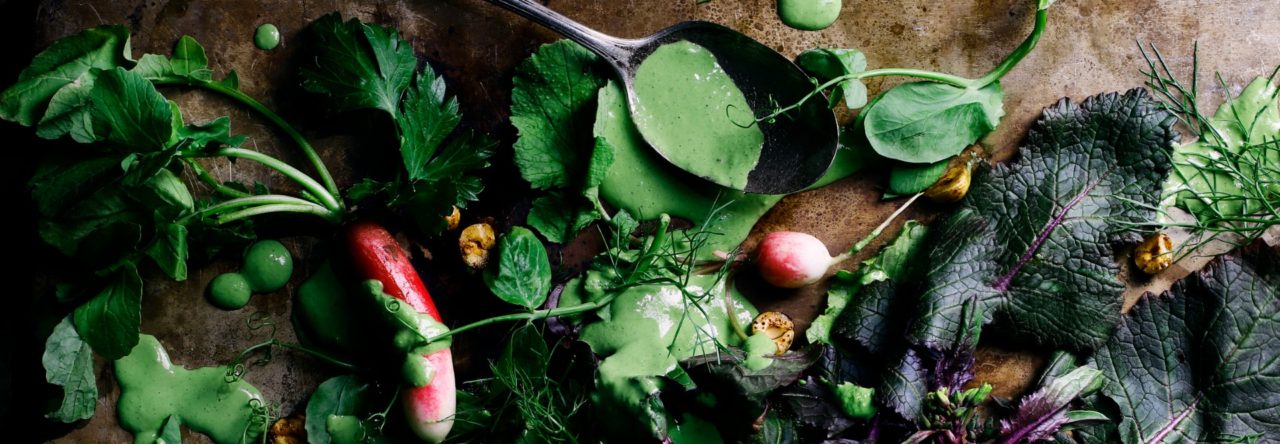Tester note: There is currently no illustration for shaping the buns (there will be in the book), so just try and figure it out from the instructions for now.
BBQ Seitan Steamed Buns (Char Siu Seitan Bao)
Make 12 huge bao buns
Set aside some quality time for these fluffy steamed buns; the soothing aroma of tender yeast dough and savory roasted seitan is pure comfort. I’ve always envied the genius of saucy, chewy faux-pork bao served at the best vegetarian dim sum houses I’ve visited; could something so delicious be made at home, especially one that’s not the domain of an Asian grandma who’s hell in the kitchen? With just some determination on your part great bao can be yours even no matter where your grandma hails from. Even if they don’t look pretty (but you’ll find with a little practice those gorgeous pleats and peaks are more craft than art), they’ll taste like a leisurely dim sum spent in any Chinatown.
The sauce will remind you of the Char Sie Seitan, only there’s more of it, plus a little cornstarch, for a saucy filling that cradles the chewy nuggest of roasted seitan.
Make ahead tip: Prepare the filling up to 24 hours in advance
3 cutlets of Five Spice Seitan, baked instead of steamed
1/3 cup dark agave nectar
¼ cup hoisin sauce
¼ cup shaoxing Chinese cooking wine or mirin
¼ cup Chinese vegetarian stir fry (vegetarian oyerster) sauce
3 tablespoons vegetable oil
2 tablespoons soy sauce
1 1/2 teaspoons Chinese five spice powder
2 teaspoons cornstarch
1. Preheat the oven to 375 and lightly oil a 9 x 13 inch ceramic baking dish. Cut out 12, three inch wide squares out of parchment paper and set aside for now. Dice the seitan into 1/4 inch pieces, then transfer to the baking dish. Whisk together the remaining ingredients, except for the cornstarch. Pour half of the marinade over the seitan and combine to coat with the sauce. Bake for 30 to 35 minutes, stirring the seitan occasionally, until the marinade is sticky and bubbling and the seitan is browned. Remove from the oven and set aside for 5 minutes.
2. In a large saucepan whisk together the remaining marinade and the cornstarch. Stir in the roasted seitan, then over medium heat cook the mixture, stirring constantly, until the sauce has thickened, about 3 to 5 minutes. Remove from heat and set aside to cool for 20 minutes.
3. Meanwhile, prepare the bao dough for shaping into buns. Knead the dough a few times, then slice in half with a sharp knife. Keep one half covered with plastic wrap. The dough should be soft but not sticky, lightly flour your work surface only if the dough starts to stick during the shaping process. Use your palms to roll the dough into a tube about 12 inches long and slice into 6 pieces. Press a piece of dough into a circle with your finger about 4 ½ to 5 inches wide, or use a rolling pin to shape into a circle. For best results I use a combination of both, starting with my fingers and finishing with a wooden dowel to get an even circle about ¼ thick. Repeat with remaining dough. Set up your steamer and get it fired and ready to steam. As with any dumpling, the bao must not touch the water during the steaming process.
4. Assemble a bao! Place a dough circle in your non-dominate hand (for me that’s my left) and place a heaping 2 tablespoons of filling in the center. With your other hand take a generous pinch of dough from the edge of the circle and pull it away from the center; do it again right next to your first pinch, then pinch the two points together bending the dough toward the filling. Repeat this grab, pinch, and bend technique, taking care to pinch all of the ends together to form a big fat point. Work around the entire circle this way until you have something that resembles a little pleated, peaked pouch of dough. Grab and pinch any ungathered ends of the dough and give the whole thing a firm pinch and a twist to seal the top of the bao. Don’t sweat it if your bao are not completely air tight: all dough adventures take practice to be perfect, just relax and enjoy the act of pinching something cute that won’t pinch back. See illustration for bao shaping tips. Place each completed bao on a square of parchment paper.
5. Steam each batch of bao for 14 to 16 minutes; cooked bao will feel firm but puffy and should spring back when poked. These bao expand quite a bit during steaming to almost double the size. For a 10 inch diameter steamer, that’s about 3 to 4 bao per batch with enough room between each bun for expanding during the steaming process. Serve bao hot, with plenty of hot steamy Chinese black or jasmine green tea!








